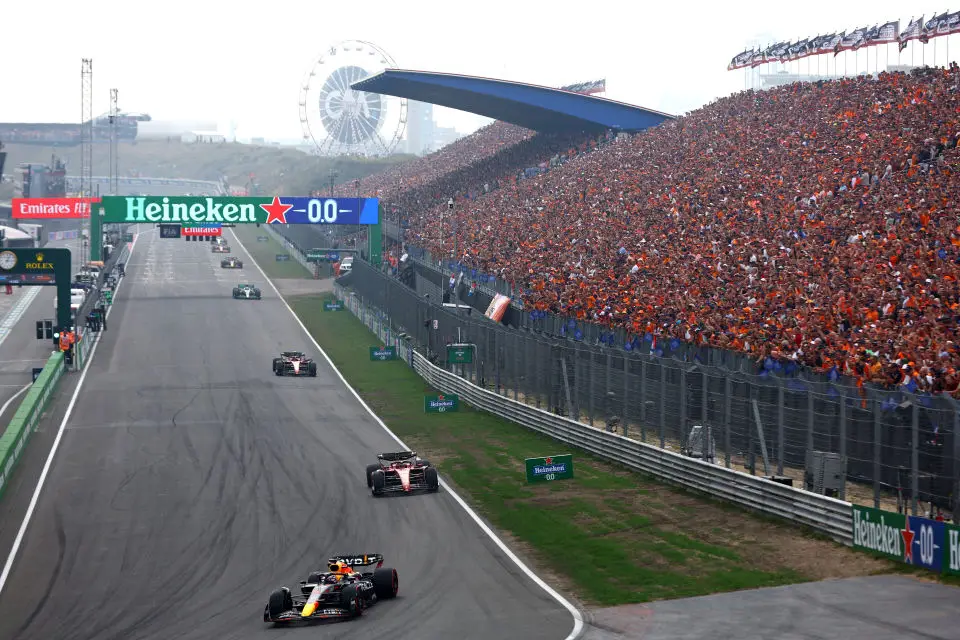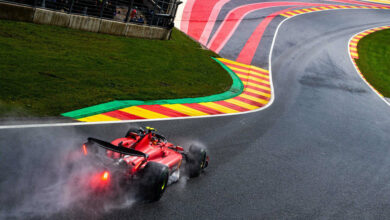FIA Eyes 2025 Rule Revamp to Address F1 Drivers’ Downforce Concerns
The FIA is actively considering changes to the Formula 1 regulations for the 2025 season, responding to drivers’ concerns over downforce loss in current cars. This initiative, led by FIA single-seater director Nikolas Tombazis, aims to enhance race competitiveness and address the difficulties drivers face when following closely behind another car.
Key Takeaways:
- Drivers’ Complaints Prompt FIA Action: After multiple drivers, including Ferrari’s Carlos Sainz, voiced concerns about the challenges of following closely due to downforce loss, the FIA has acknowledged the need for a regulation change in 2025. Sainz’s comments post his Italian Grand Prix performance highlighted the issue, comparing the current scenario to the difficulties experienced in 2020 and 2021.
- Nikolas Tombazis Outlines Current Challenges: During an interview, Tombazis detailed the significant loss of aerodynamic load when cars follow each other closely. The 2021 F1 cars experienced a loss of over 50% of aerodynamic load, while the 2022 models saw a reduction to 20%. However, the situation has worsened, with current cars losing around 35% of their load.
- Potential Solutions and Future Focus: The FIA is exploring several areas for rule amendments, including the endplate of the front wing, sides of the floor, and the fins around the brake ducts inside the wheels. These changes aim to reduce the aerodynamic disadvantages and enhance racing quality.

In the competitive world of Formula 1, even a small advantage can be pivotal in a race, and the ability to follow closely behind another car without significant loss of performance is crucial. The drivers’ feedback, particularly from experienced competitors like Carlos Sainz, provides valuable insights into the real-world impact of current regulations.
Carlos Sainz, following his third-place finish at the Italian Grand Prix, expressed his frustrations with the current scenario, saying, “It’s starting to become a bit like 2021 or 2020 where it is difficult to follow.” This sentiment echoes the challenges faced by drivers, emphasizing the importance of effective aerodynamics in race strategy.
Tombazis’s interview with Motorsport.com Italy revealed the extent of the issue. Comparing the 2021 and 2022 car models, he highlighted a significant difference in aerodynamic load loss, which has since worsened. The FIA’s acknowledgment of this problem and their commitment to exploring solutions showcases their dedication to continually improving the sport.
The proposed changes for 2025, which focus on specific parts of the cars like the front wing endplate, the floor sides, and wheel fins, represent a strategic approach to addressing these aerodynamic challenges. By imposing more restrictive rules in these areas, the FIA aims to regain the aerodynamic advantages seen in the 2022 cars, enhancing the overall racing experience and competitiveness.
In conclusion, the FIA’s proactive stance in response to driver feedback underlines their commitment to evolving the sport. The potential 2025 rule changes could mark a significant shift in F1 racing dynamics, improving competitiveness and addressing the crucial issue of downforce loss in high-speed races.

